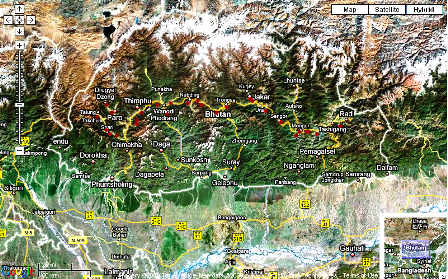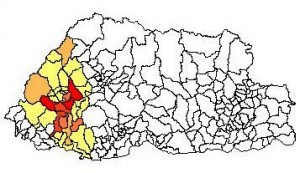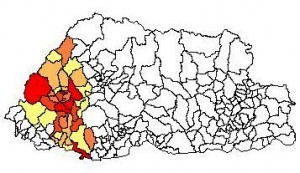The Renewing America’s Food Traditions alliance organized a Forgotten Fruits Summit on March 19th at the University of Wisconsin Arboretum, Madison. According to Gary Nabhan, it was
…the first full gathering of America’s most accomplished back-country fruit explorers, veteran orchard-keepers, horticultural historians, pomological propagators, natural-born nurserymen and hard cider-makers concerned with the destiny of Malus x domestica, the single fruit most imbedded in the American identity.
The scary numbers:
- There were once 14,000 named varieties in American nurseries.
- Only some 1500 remain.
- 30 fruit nurseries are lost every year, since the late 1980’s.
Gary Nabhan and Jenny Trotter’s Forgotten Fruits Manual & Manifesto – Apples, which sets out “a plan of action to restore apple diversity to our farms, backyard orchards, restaurants and home tables” was on the table for discussion, and one of the objectives of the gathering was to develop “a strategy to assist those individuals who are doing the most to preserve American apple heritage.” The Manifesto is a very sensible mix of in situ and ex situ, NGO and government, private and public sector, young and old.
It will be interesting to see what the final strategy looks like, and to what extent it will be applicable elsewhere around the apple world. Gary does provide some hints about the direction the discussion took on his blog:
This spring, one of our honored participants, Creighton Lee Calhoun, will teach a workshop entitled “Grafting for the Future” from which each of the students will take home a tree grafted from one of the 400 varieties growing in the Southern Heritage Apple Orchard at Horne Creek Living Historic Farm near Pinnacle, North Carolina. On March 19th at Harvest Restaurant, founded by Chef Tami Lax in downtown Madison, we sampled some of the first world class hard ciders to come out of the new cideries flourishing in Great Lakes region, many of which are using heirloom apples that had once lost their markets. And we mentored a new generation of urban tree farmers and permaculturists that are bringing apples back to inner city landscapes that had altogether lost them over the last century.
I hadn’t come across the term hard cider before but it just means the alcoholic kind. Sounds like a fun meeting.


